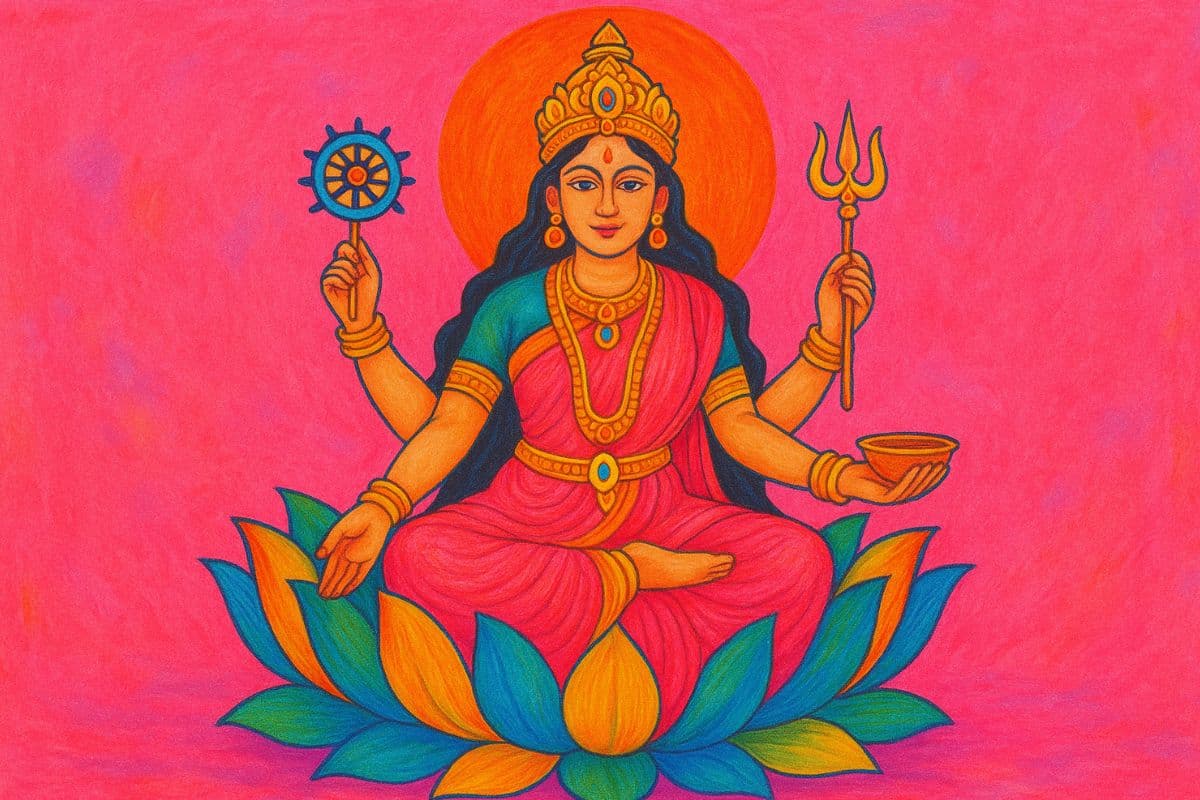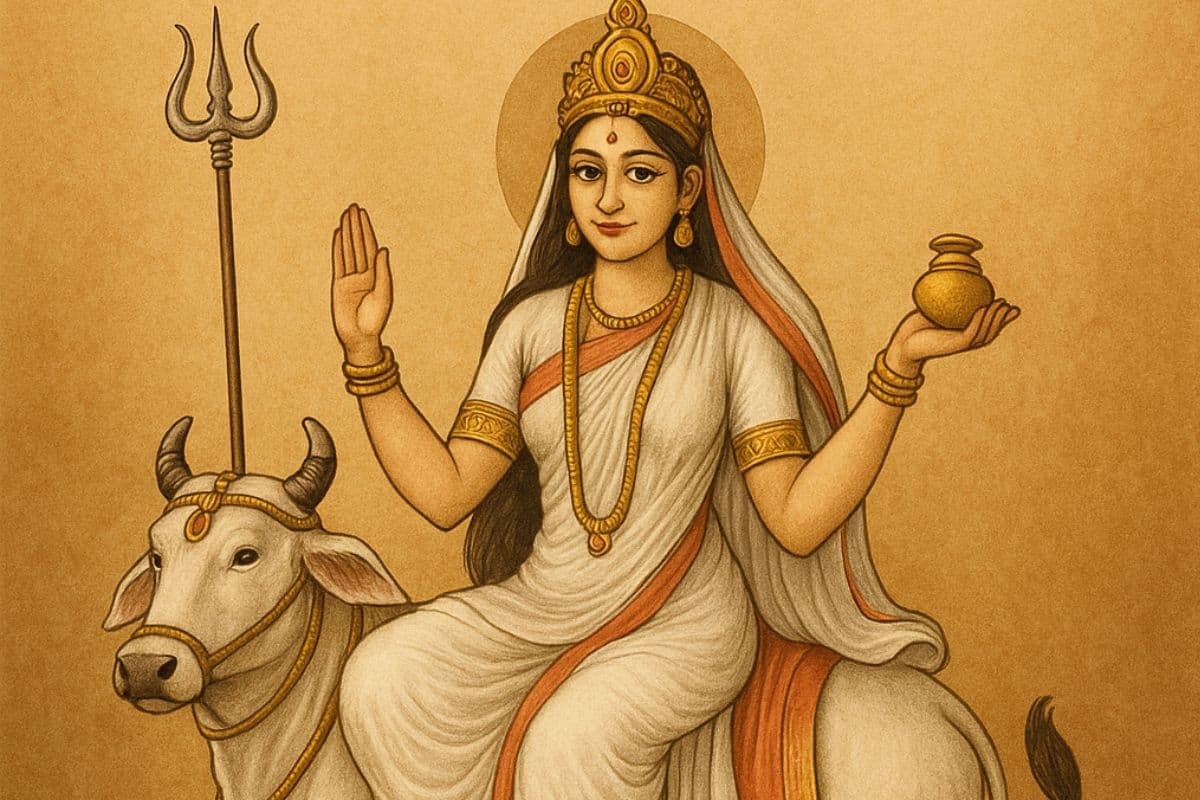Vijayadashami 2025: Why burning Ravana’s effigy is more than just a ritual

Discover the date, puja muhurat, rituals, and deeper meaning of Dussehra 2025
Every autumn, the air fills with the beat of drums, the scent of incense, and the anticipation of fireworks. On Vijayadashami, also known as Dussehra, thousands gather to watch effigies of Ravana, Meghnad, and Kumbhkaran go up in flames. It is a spectacle, yes, but beneath the fire and festivity lies something far older and deeper: the reminder that evil, no matter how powerful, is not invincible.
Vijayadashami marks the day Lord Rama defeated Ravana and Goddess Durga conquered Mahishasura. It is both an ending and a beginning: the close of Navratri and Durga Puja, and the first step toward Diwali, which follows twenty days later. But why exactly do we burn Ravana’s effigy every year? The answer lies not only in mythology but in the lessons it brings for our own lives.
Vijayadashami 2025 Date and Time
Before rituals begin, timing plays a key role in strengthening devotion. Vijayadashami is always observed on the Dashami Tithi of Ashwin Shukla Paksha, and this year the festival falls on Thursday, October 2, 2025.
Dashami Tithi Begins: 7:01 pm, October 1, 2025
Dashami Tithi Ends: 7:10 pm, October 2, 2025
Shravana Nakshatra Begins: 9:13 am, October 2, 2025
Shravana Nakshatra Ends: 9:34 am, October 3, 2025
Vijay Muhurat: 2:02 pm – 2:50 pm (48 mins)
Aparahna Puja Time: 1:14 pm – 3:38 pm (2 hrs 24 mins)
Both Vijay Muhurat and Aparahna Puja are considered highly auspicious for performing rituals and Ravana Dahan, as they enhance the power of prayer and intention.
The Significance of Vijayadashami
On the surface, Vijayadashami celebrates Lord Rama’s triumph over Ravana and Durga’s conquest of Mahishasura. Yet at its heart, it is about much more: the power of righteousness, the need for balance, and the destruction of inner demons. The day is also considered auspicious for starting new ventures, worshipping tools and vehicles (Ayudha Puja in South India), and resolving conflicts. Just as Rama’s arrow pierced Ravana, devotees are encouraged to pierce through negativity, dishonesty, and greed in their own lives.
Why We Burn Ravana’s Effigy Every Year
The burning of Ravana’s effigy is the most iconic ritual of Dussehra. To many, it looks like theatre. But hidden within the flames are timeless spiritual truths. The effigy represents not just a demon king from myth, but the human weaknesses we wrestle with every day. It teaches us these lessons:
-
Ego and Pride: Ravana was a learned scholar, yet his arrogance destroyed him. Burning the effigy is a reminder that pride unchecked can consume even the wisest.
-
Desire and Attachment: His obsession with Sita reflects desires that blind us. The flames show us the need to release unhealthy attachments.
-
Anger and Greed: Ravana’s downfall was not caused by enemies but by his own unchecked impulses. The ritual teaches us that conquering ourselves is the greatest victory.
-
Hope and Renewal: When the effigy collapses into ashes, it symbolises the destruction of negativity and the space for fresh beginnings.
In essence, the fire is not just for Ravana outside but also for the Ravana within.
Rituals of Vijayadashami 2025
Across India, Vijayadashami is celebrated in diverse ways, each carrying astrological and cultural roots. Some of the most significant are:
-
Shami Puja: Devotees worship the Shami tree, believed to be linked with the Pandavas during their exile. It symbolises protection, wisdom, and victory in battle.
-
Aparajita Puja: The Goddess Aparajita, a form of Durga, is invoked for success, strength, and the removal of obstacles.
-
Seema Avalanghan: A ritual of crossing boundaries, often performed in Maharashtra, symbolises moving beyond limitations to embrace new opportunities.
-
Ramlila and Ravana Dahan: Dramatic enactments of the Ramayana culminate in the burning of effigies, turning myth into living theatre that communities can feel and learn from.
Each ritual ties back to astrology. For instance, Aparahna time is chosen because the planetary energies then favour victory, clarity, and resolution.
Celebrations Across India
While the core theme of good triumphing over evil unites all, regional traditions give Dussehra a beautiful diversity.
-
North India: Grand Ramlilas are staged, and towering effigies of Ravana, Meghnad, and Kumbhkaran are set ablaze.
-
East India: Vijayadashami coincides with Durga Visarjan, where devotees bid farewell to Maa Durga as idols are immersed in rivers and ponds.
-
South India: Known as Ayudha Puja, instruments, tools, and vehicles are decorated and worshipped. Workers and students pray for skill and success in their respective fields.
-
Western India: In Gujarat, the day marks the end of Navratri Garba festivities, with prayers for prosperity and protection.
Wherever you are, the message is the same: honour your victories, release negativity, and step forward with courage.
The Hidden Spiritual Meaning
Every firecracker that bursts inside Ravana’s effigy is like a reminder that evil does not vanish quietly; it resists, but truth prevails. Vijayadashami is not only about burning an idol but about lighting a flame within ourselves. The festival tells us:
-
Endings are also beginnings.
-
Goodness, though tested, eventually triumphs.
-
Dharma (righteousness) may be challenged but cannot be destroyed.
That is why burning Ravana’s effigy is more than a ritual. It is a collective prayer for a world where light wins over darkness again and again.
Vijayadashami 2025 will be observed on October 2, and as the effigies burn, they will carry with them not just Ravana’s story but our own. It is a call to look inward, to recognise what needs to be destroyed within us, and to walk into the new season with faith, clarity, and strength. This year, when you watch the fire rise, remember: the ritual is outside, but the victory is within.



